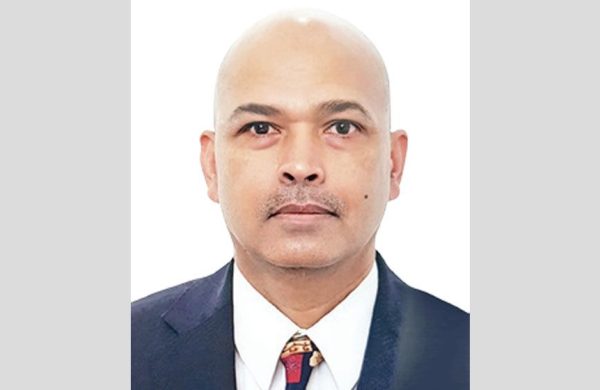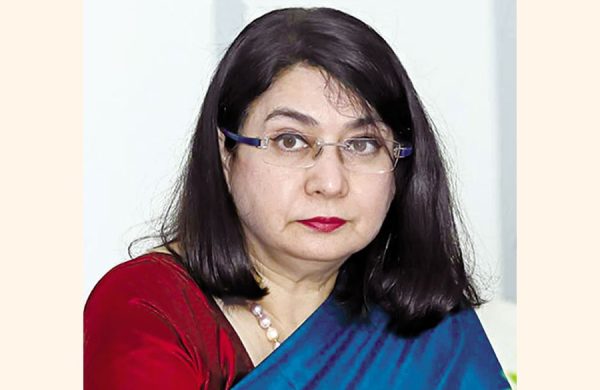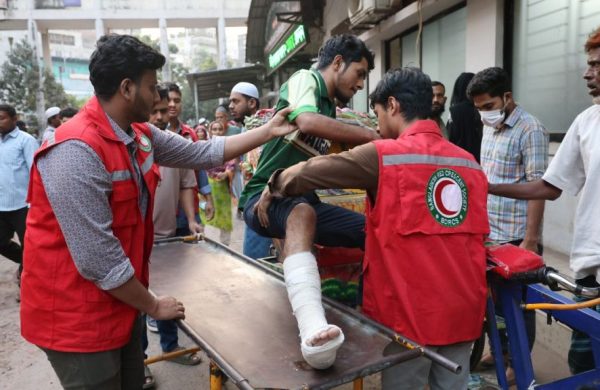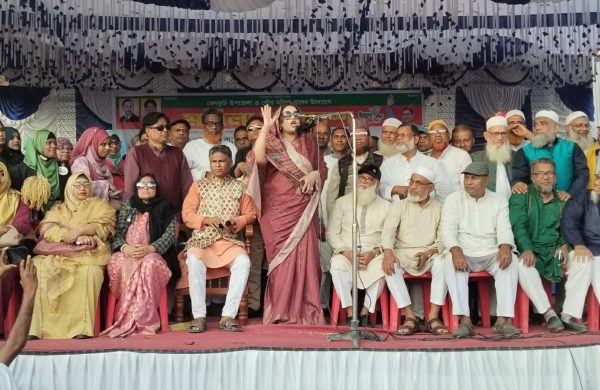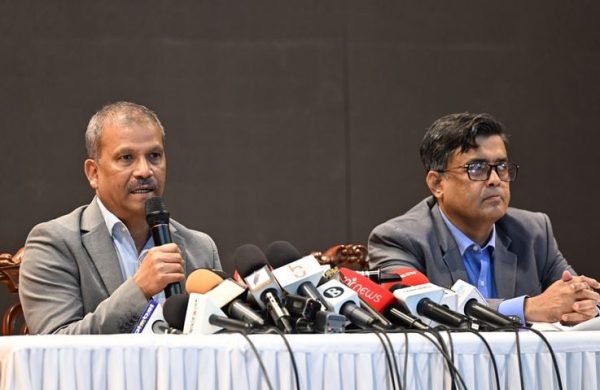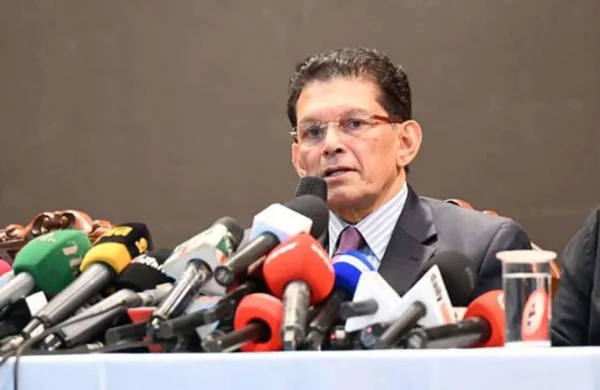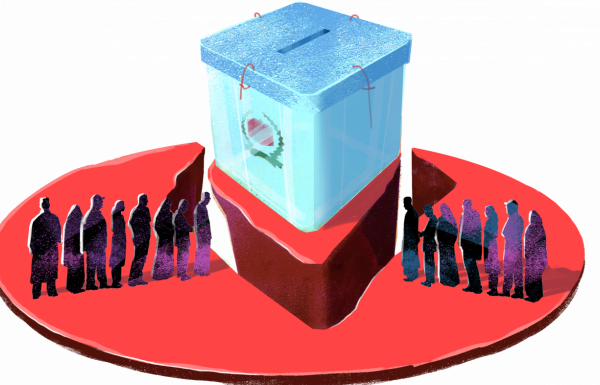Bangladesh’s Economic Struggle Continues
- Update Time : Tuesday, November 4, 2025
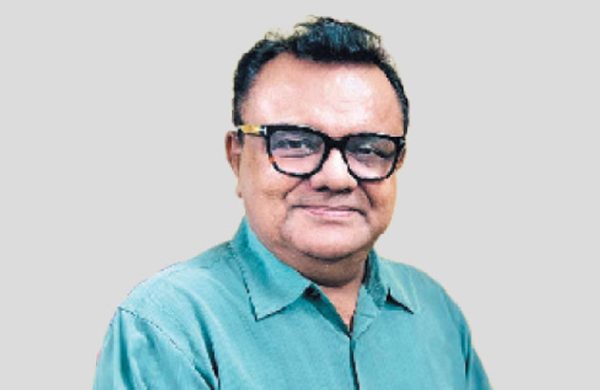
—Syed Ishtiaque Reza—
Bangladesh’s economy has been wrestling with the weight of crisis since 2020. Like most nations, it first stumbled under the shock of the COVID-19 pandemic. Then came the global commodity crisis triggered by the Ukraine war.
Those twin blows disrupted supply chains, worsened inflation and slowed economic activity across the world. But while many countries gradually recovered as the shocks faded, Bangladesh remains stuck in a prolonged slowdown. The pandemic did not break Bangladesh’s economy but policy failures did.
For decades since the 1990s, despite political transitions and turbulence, Bangladesh enjoyed a relatively stable macroeconomic foundation. Growth was steady, jobs expanded, remittances rose, garment exports soared, and reserves strengthened.
But this narrative shifted sharply in the latter years of the Sheikh Hasina’s Awami League government. Corruption multiplied, capital flight surged, the central bank printed money recklessly, and institutions eroded.
The banking sector sank deeper into debt defaults and politically-directed lending. The exchange rate was artificially controlled, draining reserves rapidly. These systemic distortions laid the foundation for today’s crisis.
Now, after fleeing of the Awami League, an interim administration has been formed. Many hoped this transition might reset the economy’s trajectory, restore discipline and revive investor confidence. It must be admitted that certain macroeconomic indicators have improved.
The rapid fall in foreign exchange reserves – once the most alarming sign – has been halted. Reserves now exceed USD 32 billion, and the exchange rate has been allowed to move more freely, reducing speculative pressure on the currency.
Balance of payments pressures have eased, helped by strong remittance earnings, moderate export receipts and controlled imports. The central bank also purchased over USD 2.1 billion this fiscal year, another sign that immediate panic has receded.
But numbers alone do not make an economy healthy. Stabilising reserves is not the same as restoring growth. And here lies the core problem: the macroeconomic calm has not translated into economic dynamism. The “string” snapped during the crisis has not been restrung.
Investment remains stagnant. Consumer demand is weak. Job creation has slowed dramatically. And ordinary citizens, rather than feeling relief, are still burdened by rising costs and falling real incomes.
Private investment is the lifeblood of Bangladesh’s growth model, and it is precisely where the system is failing. Private sector credit growth stands at just 6.38%, a dangerously low rate for a developing economy aspiring to industrialise and create large-scale employment.
Without investment, there are no new factories, no fresh jobs and no upward mobility. Wage growth remains below inflation, meaning people are effectively growing poorer over time.
Government data confirms real incomes have declined. Over 50,000 workers have already lost jobs in recent months, raising painful questions: how are these families surviving? What happens when the safety net frays in a high-inflation economy?
Data on poverty paints an even more troubling picture. The last official poverty survey was in 2022, showing a national poverty rate of 18.7%. Since then, no government survey has been published – a silence that speaks loudly.
Independent research suggests poverty may now stand at nearly 28%, with another 18% at high risk of falling below the poverty line. Poverty has not been archived in a museum; it stands in the streets, visible in every corner of the country.
Daily wage earners stretching meals, middle-class families cutting protein consumption, parents withdrawing children from private schools – these stories define today’s Bangladesh far more than foreign reserve figures.
Why has not recovery taken hold? The answer lies in confidence – or more accurately, the lack of it. Bangladesh’s past caretaker governments earned credibility by maintaining neutrality, disciplining institutions and ensuring law and order. Investors may dislike transitions, but they dislike unpredictability even more.
This time, however, the transition failed to inspire confidence. Instead, concerns over security, extortion and vigilantism persisted.
The rule of law appeared uncertain. Election-related anxieties deepened political uncertainty. And uncertainty, as every economist knows, is investment’s greatest enemy.
A capital-scarce economy cannot afford capital flight. An unemployment-pressured society cannot afford prolonged stagnation. And a country built on hard-won developmental gains cannot allow policy paralysis to threaten its economic future.
Therefore, restoring investor confidence must be the central priority. That requires visible and credible actions against extortion, political interference and private-sector harassment.
Investors invest when they believe rules will be predictable and institutions will protect rather than prey upon them.
Transparency must return to economic governance. Accurate data on poverty, inflation and employment is essential for designing policy. Suppressing or delaying data does not hide reality; instead, it magnifies uncertainty. A nation cannot solve problems it refuses to measure. Reforms in the banking sector cannot be postponed.
Non-performing loans have crippled the financial system for years. The political economy that nurtured loan default culture must be dismantled if credit is to flow to productive sectors again.
Policymakers must shift from stabilisation to stimulus. Stability is a precondition for growth, not its substitute. Bangladesh needs targeted incentives for industry, exports and employment – particularly SMEs and labour-intensive sectors that drive job creation.
Bangladesh stands at a pivotal moment. It has escaped immediate macroeconomic crisis but not the deeper crisis of confidence, employment and inequality.
Stabilisation without growth may look orderly on paper, but it feels empty on the streets. For millions of households, the economy is not stable -it is suffocating.
————————————
The writer is a journalist and columnist



